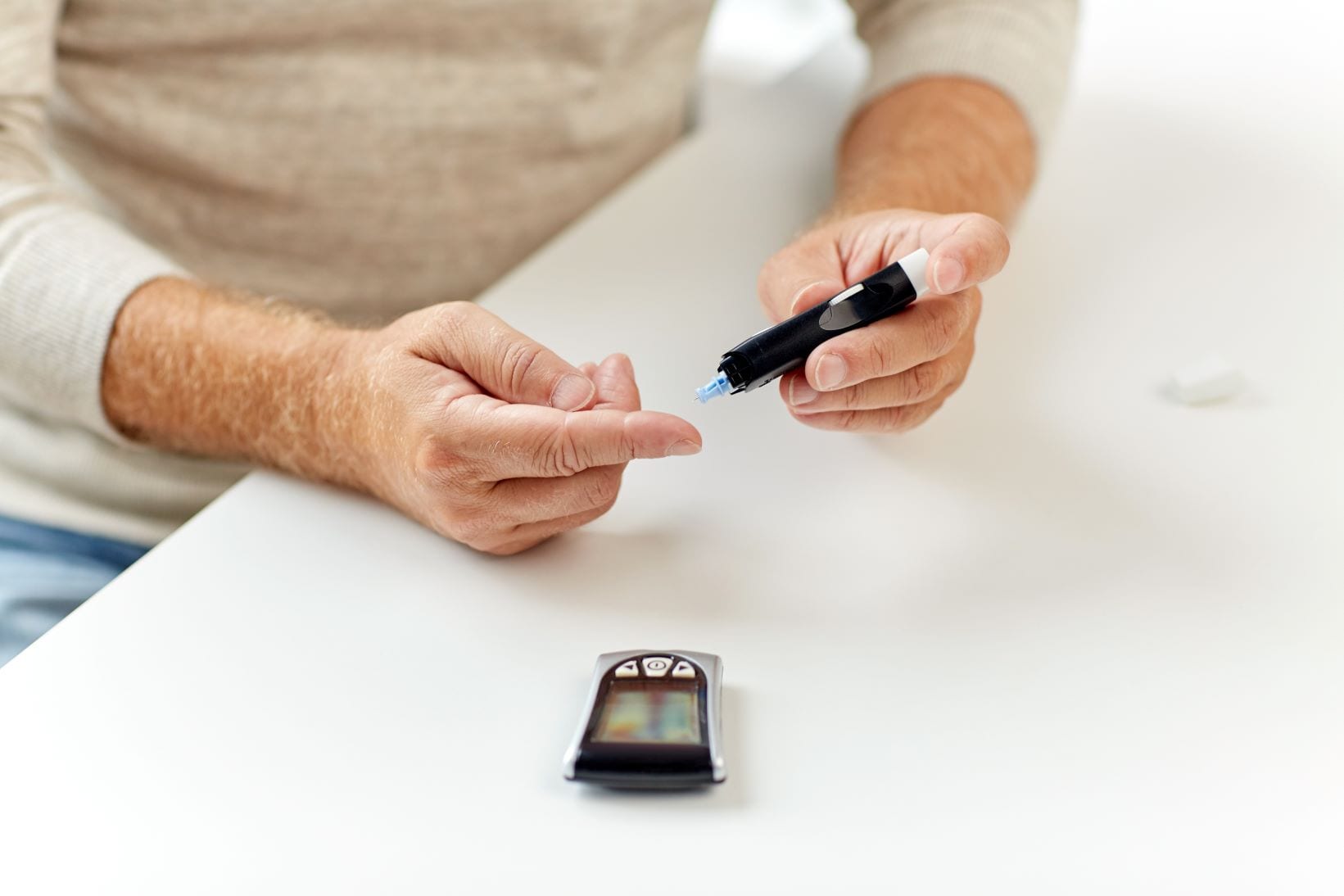How to spot and treat diabetic ketoacidosis (DKA)

Diabetic Ketoacidosis
You work hard at managing your diabetes and even use technology to help keep your numbers in range, but you can still experience high blood sugar levels. Diabetic ketoacidosis (DKA) develops when your body doesn’t have enough insulin to allow blood sugar into your cells for use as energy. Instead, your liver breaks down fat for fuel, a process that produces acids called ketones. When too many ketones are produced too fast, they can build up to dangerous levels in your body. This can escalate to DKA if left untreated. While DKA can be intimidating, you can help prevent it if you know what to look for and what to do.
As a person living with diabetes, it’s important to monitor your blood glucose, count your carbs, exercise, and keep your doctor appointments. You might remember your healthcare provider or educator telling you to check for ketones too. If your first thought was “Checking my what?” don’t worry, we’ll explain.
The main thing you need to know is too many ketones can cause diabetic ketoacidosis. Here’s helpful information about these ketones and how to treat diabetic ketoacidosis. As always, seek the advice of your physician or other qualified health provider with any questions you may have regarding a medical condition. This is not intended to be a substitute for professional medical advice, diagnosis, or treatment.
What are ketones?
Ketones are acid molecules produced when we burn fat for energy or fuel. As fat breaks down, ketones build up in the blood and urine. In high levels, ketones are toxic and can make you sick. When combined with dehydration, you may start to feel symptoms of DKA.
What causes DKA?
DKA occurs when the body doesn’t have enough insulin. Without enough insulin, glucose builds up in the blood. Since the body is unable to use glucose for energy without insulin, it breaks down fat instead, producing ketones. This can occur for several reasons:
- Infection, injury, or serious illness
- A lack of insulin due to missed injections, spoiled insulin, or poor absorption. Insulin pump users may have a kinked cannula or dislodged infusion set.
- Severe dehydration
- A combination of these factors
What are the signs of DKA?
- High blood sugar levels
- Ketones (in blood and urine)
- Nausea, vomiting, and abdominal pain (cramps)
- Confusion
- Tired, sluggish, or weak
- Flushed, hot, dry skin
- Blurred vision
- Rapid, deep breathing and shortness of breath
- Excessive thirst and frequent urination
- Fruit-scent breath
- Unconsciousness

When do I check ketones?
Most experts recommend running a test to check for ketones.
- Anytime you have unexplained high blood sugar
- If your sugar is higher than 250 mg/dL for two blood sugar tests in a row
- If you experience nausea, vomiting, and have abdominal pain
- If you have a cold, flu, or stomach virus. Illness, infections, or injuries can cause blood sugars to run higher than normal, so the risk of developing DKA increases when you’re ill.
How do I check for ketones?
You can check for ketones with a urine test or blood test available at most pharmacies.
- A common method involves peeing on a Ketostix or dipping the Ketostix into a cup of urine and observing the color change on the strip.
- You can also do a blood test with special ketone test strips — similar to a blood sugar test but with ketones instead. The presence of beta-hydroxybutyrate in a blood test indicates ketones are present.
How to treat diabetic ketoacidosis
- Correct high blood sugar with insulin using a syringe or insulin pen
- If you use an insulin pump, change the infusion site, infusion set, reservoir, and insulin, and troubleshoot the pump
- Drink non-carbohydrate fluids like water
- Call your doctor immediately. Don’t delay!
- Seek emergency care if you can’t reach your doctor
- Follow any instructions from your healthcare team
Preventing DKA
Using an insulin pump with continuous glucose monitoring (CGM) can help you keep an eye on your trends and set alerts for when your sensor value goes above a certain threshold. (A sensor value isn’t the same as blood sugar value, so be sure to still check your blood sugar four to six times a day and before making any therapy decisions like giving yourself more insulin).

The risk for DKA is higher when you’re sick because illness-related stress can raise your blood sugar. DKA symptoms are similar to flu and stomach virus symptoms, so when you’re sick be sure to
- Check your blood sugar every two hours
- Check your urine for ketones each time you urinate when you're sick
- Contact your healthcare team for advice if you haven’t received special instructions on how to manage your diabetes when you’re feeling sick
- Check for ketones immediately if you’re nauseous or vomiting
Finally, follow your healthcare provider’s instructions for correcting high blood sugars and testing for ketones.
Recovering from DKA
After you learn how to treat diabetic ketoacidosis, recovery periods can vary depending on possible complications. Each person is different, but the most important factors to keep in mind during DKA recovery are fluids and insulin so you can correct your blood sugar levels, dehydration, and ketosis. Here are a few things to keep in mind when recovering from DKA:
- Keep drinking water!
- Monitor blood sugar by checking every one to two hours, in addition to watching your CGM graph
- Take correction boluses when needed
- Closely monitor ketones
- Call your healthcare professional or seek emergency care if your ketones are still high after your blood sugar has returned to normal
You and your loved ones may find this Safety Rules Quick Reference Guide for ways to treat high blood glucose levels helpful, too.
Maybe learning about ketones and DKA isn’t your idea of a good time — maybe it is! Either way, this knowledge can help you and your loved ones avoid the most troublesome side effects of DKA and keep your ketones in check.



